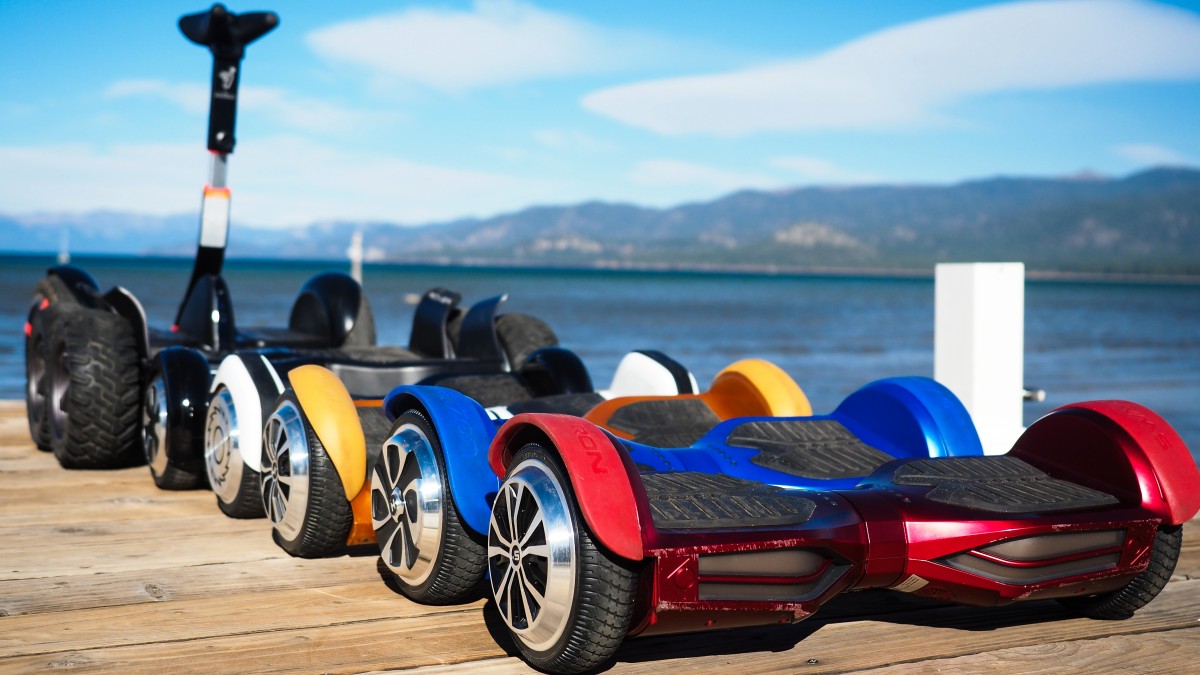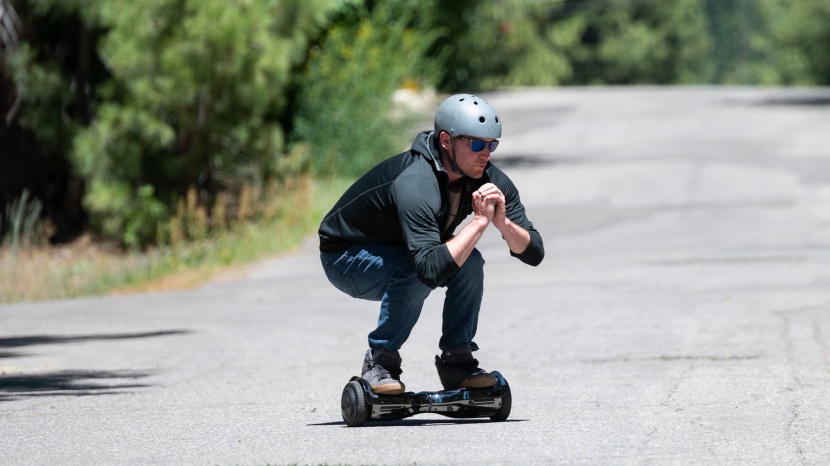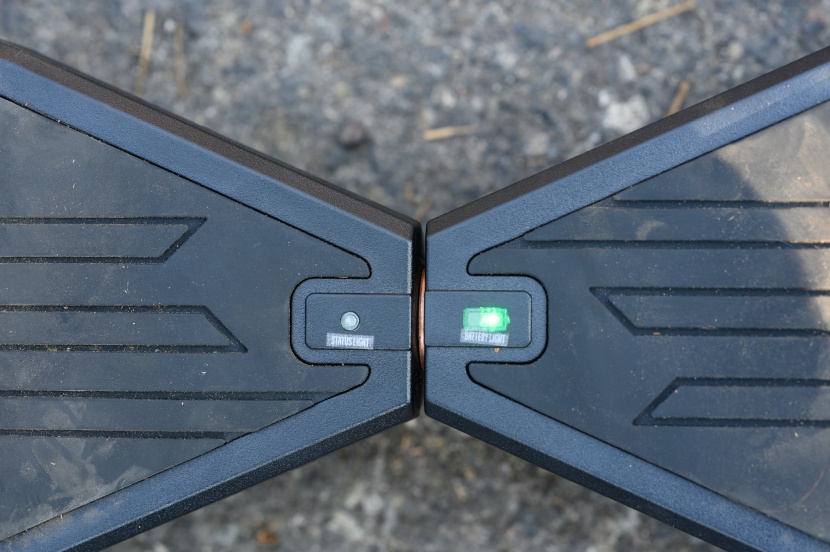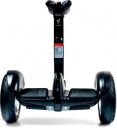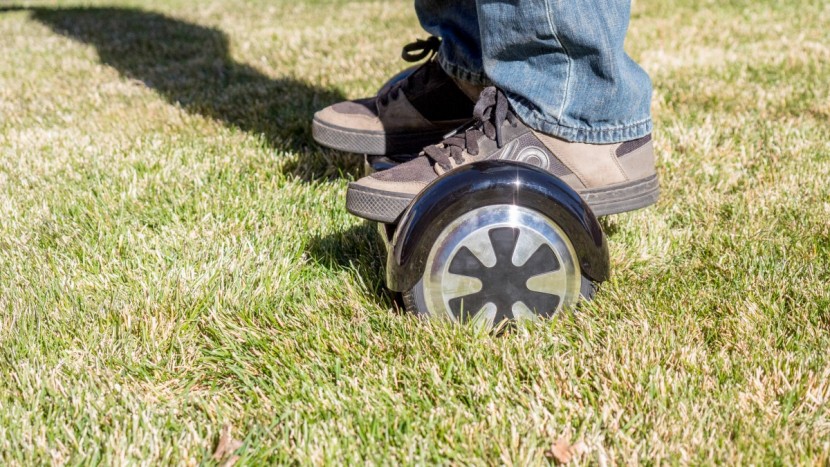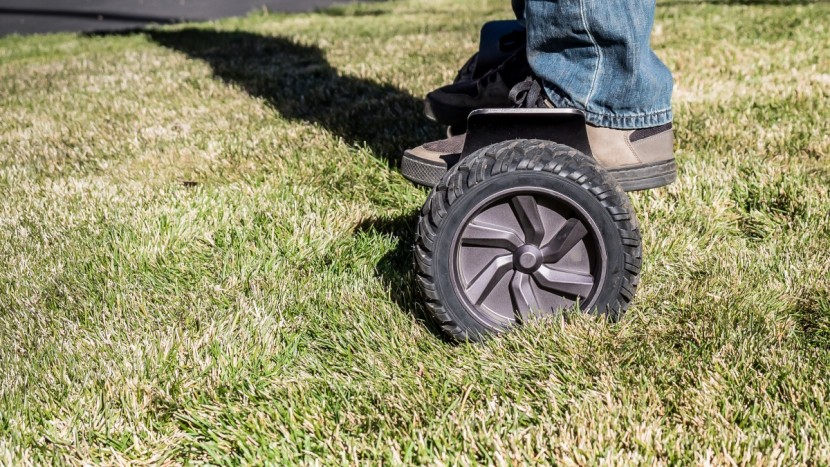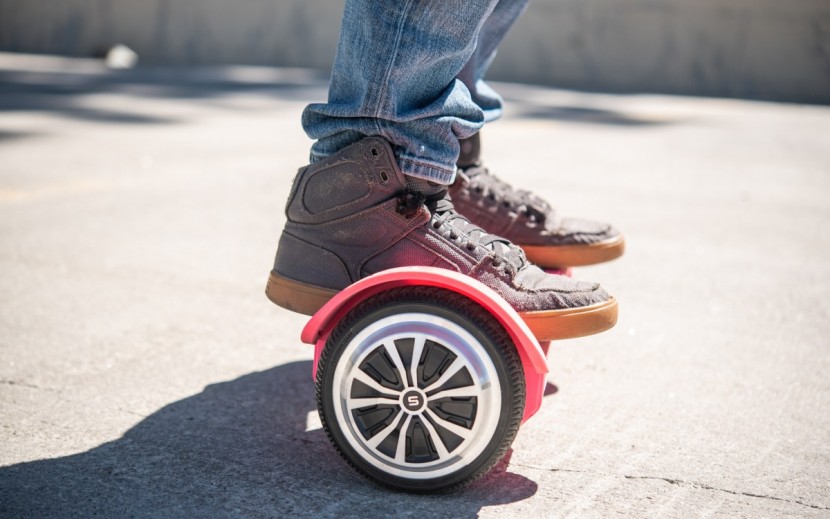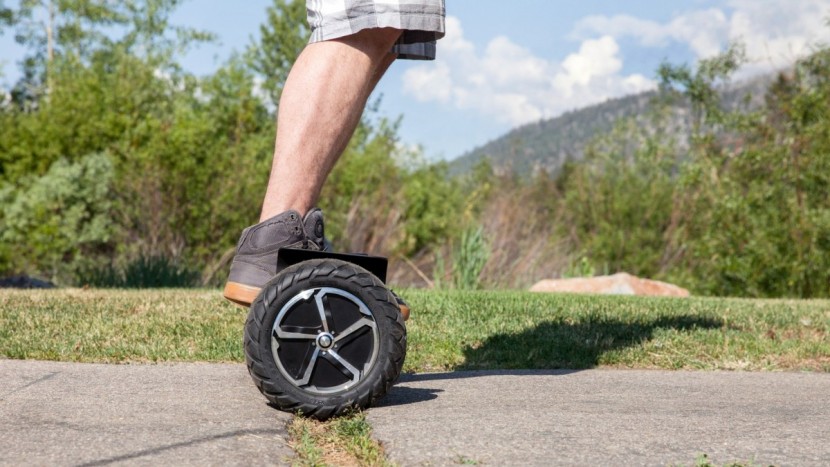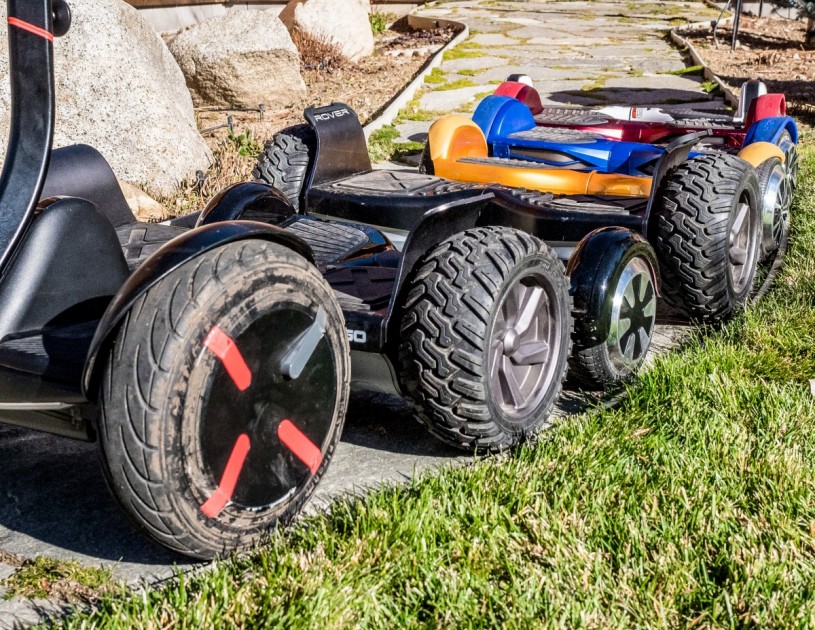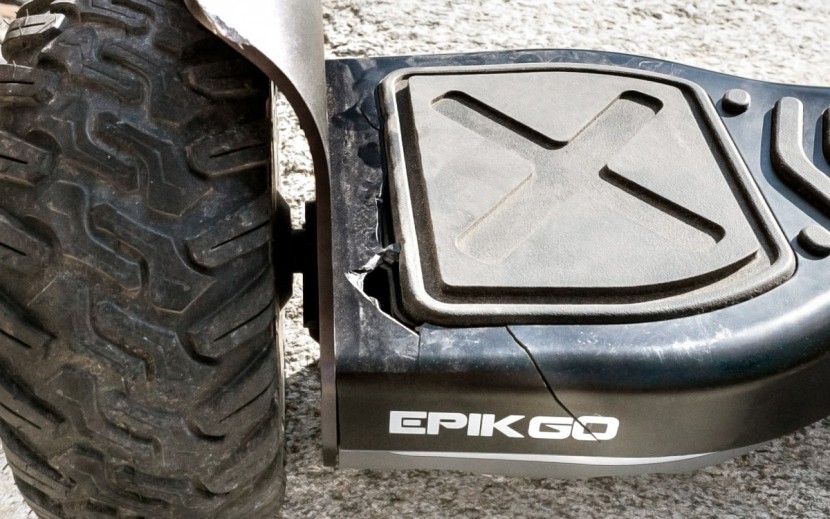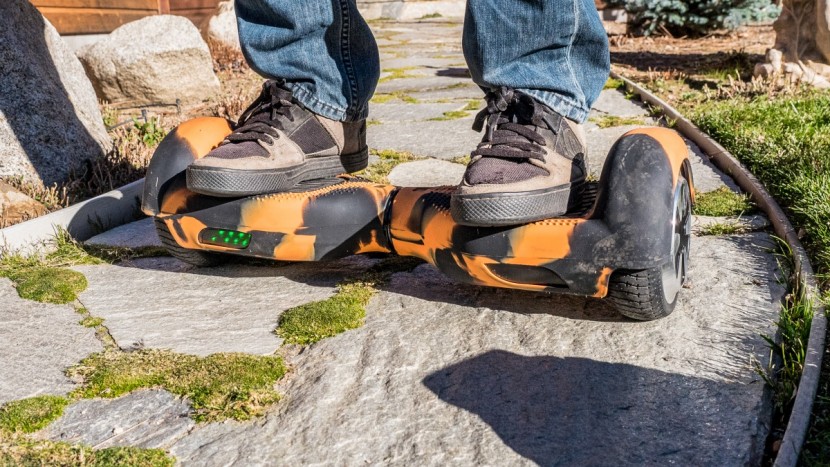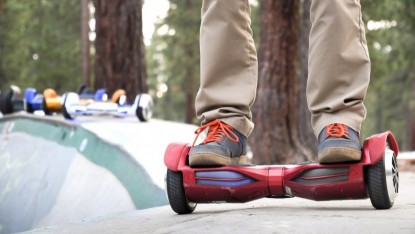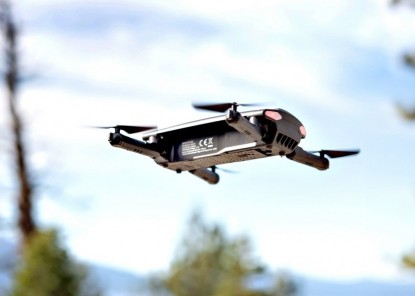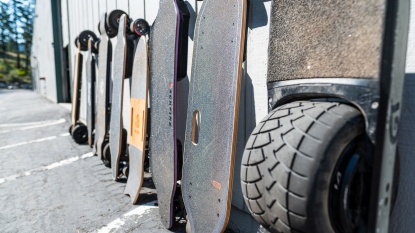Are you interested in a hoverboard but don't know where to start? The range in capabilities and price is vast with this unique mode of transportation, so it is important to consider who will be riding it and for what purpose. Keep reading to learn what a hoverboard is, how it works, whether or not you need one, and what to look for when purchasing.
What is a Hoverboard?
Great Scott! It's actually happening! Hoverboards are commonplace, and as Marty McFly would say, Whoa, this is heavy Doc.
However.
We hate to be the bearer of bad news, but common day hoverboards are nothing like those in Back to the Future; none of them float or fly. These “hoverboards” are two-wheel, self-balancing scooters, exploding in popularity (with a tiny dash of controversy) in the past few years.
Relying on internal accelerometers and gyroscopes, these machines vary the speed and direction of the wheels to stay underneath you and maneuver, all powered by a lithium battery pack.
Are These Safe? Don't These Catch Fire?
According to the US Consumer Product Safety Commission (CPSC), as of July 6th, 2016, there were over 99 reported incidents of:
This resulted in the recall of over half a million units by ten firms. But don't panic! This occurrence spurred the creation of a dedicated safety standard pertaining directly to hoverboards by Underwriters' Laboratory, or UL. UL is an independent global safety science company that devises safety standards for a variety of product classes and will test and certify specific products if they meet the standard. This standard is known as UL 2722 and was created to evaluate the safety of the electrical system on a hoverboard.
Now, enough with the doom and gloom — we consider the establishment of a UL safety certification standard for hoverboards and their battery systems to be an important advance. Like the Consumer Products Safety Commission (CPSC), we encourage readers to choose a hoverboard that has been UL certified. Now we can get to the fun stuff: Why would you want one?
Why Would You Even Want One?
These two-wheeled crafts are fun. So much fun that we have been riding them consistently since we started testing them. And, while a majority of these devices are toys, some can be a practical mode of transportation. If you are looking for a hoverboard that can get you from A to B, you should pay special attention to the battery life as well as the type of terrain you plan to ride on.
Types of Hoverboards
Standard
Off-Road/Commuter
Now that you are a little more familiar with what hoverboards have to offer, it's time to figure out which model suits your needs. We've put together this step-by-step guide to make this process as easy as possible and get you hovering away as quickly as possible.
Step 1: Does the Hoverboard Meet UL 2722?
Don't buy a hoverboard that doesn't meet the standard. Period. While the price tag may be tempting, it is best to avoid these models. Purchasing a UL-certified hoverboard will help eliminate the risk of overheating batteries that have been known to catch fire. All the products in our test suit have passed the UL 2722 certification tests.
Step 2: What Are You Riding On?
Whether you are looking for an awesome toy or a daily commuter workhorse, the first step in narrowing down your selection is determining what surfaces you plan on riding your new board over. You will quickly realize that not all hoverboards are created equal. While you might initially think that pavement is your main terrain, it is still worth looking at boards that can handle rougher terrain. Most of the models that are not meant for off-roading need pristine conditions void of obstacles like cracks or bumps in the pavement. This has the potential to make your daily commute to work treacherous. On the flip side, if you plan to keep the board in your office just for some midday entertainment, a smaller, more agile option is the way to go.
If the pavement you plan on riding on is nice and smooth, then you should be fine with what we refer to as a “standard” hoverboard. These models have smaller wheel sizes (approximately six inches in diameter) and hard, rubber tires that don't offer much in the way of absorbing shock. This makes rolling over cracks and bumps difficult. While these boards struggle with imperfect surfaces, they are much more agile. They often turn on a dime, offer a quick response, and can be more fun overall. These models are also typically less expensive and come in a wider variety of colors.
An ideal all-terrain board will have larger tires — preferably pneumatic — with a more distinct tread. This provides the appropriate amount of traction and shock-absorbing capabilities you need to take on the great outdoors. Larger tires also handle small obstacles more readily, easily rolling over bumps, cracks, or loose gravel. Larger foot platforms make starting up and keeping your balance much easier.
Step 2A: Planning on Commuting?
What's not to like about a small, portable, electric vehicle to get you to and from work? An ideal board for the commuter must have larger tires — preferably pneumatic — with decent tread. In addition, large footpads for a more comfortable ride, a top speed of at least ten miles per hour, and a decent ride range will help you get to and from work without a hitch. One more feature you may want to consider is the weight of your board and whether or not it comes with a convenient carry handle or bag, as you may need to carry it.
Step 3: What if I Break My Hoverboard?
It is important to buy from a company that stands behind their product and offers solid support and a decent warranty. Based on our experience, it is easy to wreck a hoverboard during your learning phase.
Good customer support and a warranty from a reliable company can make all the difference. What should be a minor inconvenience can become a complete loss of your investment without proper support. Almost half of the hoverboards we purchased required conversations with support. Most of our issues were resolved quickly and painlessly. Companies that offer a phone number often have a quicker turnaround time.
We highly recommend contacting the manufacturer before purchasing. This can be a good litmus test for how easy they are to contact and how responsive they are BEFORE you spend your hard-earned money.
Step 4: Time to Accessorize?
One final thing to consider is the option for extra features and accessories. While this should be at the lower end of your list of must-haves, it is still something to consider.
Many hoverboards have built-in Bluetooth speakers, so you can not only ride in style but to the beat of your own drum. It is important to note that these speakers are not of the highest quality. Some hoverboards offer ride tracking apps and carry bags which are both great for commuters. Another accessory worth noting is protective skins. These help keep your hoverboard fresh and free of daily wear and tear and are often available in a variety of colors so you can customize your new ride.
Conclusion
While we are still waiting anxiously for a board that actually hovers over the ground, the modern-day hoverboard will have to suffice in the interim. They offer a new way to get around and can provide countless hours of fun. Just remember to check local laws and regulations before you go and purchase a UL-certified board to ensure that you are hovering around both safely and legally.
For the results and analysis of our findings, take a glance at our comprehensive hoverboard review, or take a look at our How We Test article for a detailed look at our testing process procedures.

